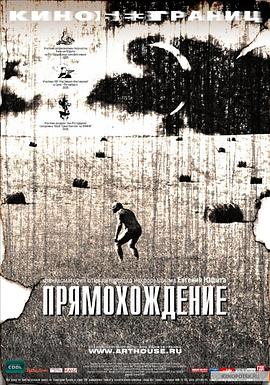影片库
影片库为你选出 3 部影片
1925
科幻片
其它
Wunder der Schöpfung is an extraordinary, fascinating Kulturfilm trying to explain the whole human knowledge of the 1920s about the world and the universe. 15 special effects experts and 9 cameramen were involved in the production of this film which combines documentary scenes, historical documents, fiction elements, animation scenes and educational impact. It its beautifully colored, using tinting and toning in a very elaborated way. Some visual ideas in the sequences with a space shuttle visiting different planets in the universe seem to have to be the inspiration for Stanley Kubrick's 2001 A Space Odyssey. In the context of Germany's Kulturfilm phenomenon, Wunder der Schöpfung was among the greatest achievements of the 1920s. The production was constructed, rehearsed, and shot over a period of two and a half years, under the supervision of Hanns Walter Kornblum. The idea to describe the universe and man's place in it well suited UFA's Grossfilm mentality, one year before the Metropolis catastrophe. Hundreds of skilled craftsmen participated in the project, building props and constructing scale models drawn by 15 special effects draughtsmen, while 9 cameramen in separate units worked on the historical, documentary, fiction, animation, and science-fiction sequences. Without star roles or even protagonists, the film's plot is crowded with meticulously structured and skillfully acted single scenes an artful mosaic of small vignettes. No less than four credited university professors ensured the factual background behind the scientific and historical events portrayed. The film's symbol of progress and the new scientific era is a spacecraft, travelling through the Milky Way, making all the planets and their inspiring worlds familiar to us, with the extravaganza of their distinctive features. The film's educational intentions, however, become steadily more obscure, humorous, or even campy as this popularization project proceeds. With the excuse of presenting the end of the world a not-so-new concept as a new, undeniably scientific truth, the film veers happily along a new path, displaying detailed apocalyptic scenes of the end of mankind. For today's audiences, this amazing film demonstrates how the universe was comprehended in the 1920s, and how that view was sold to contemporary audiences.
HD中字
1998
恐怖片
其它
SUPERCOOL马其顿动作幻想片! sometimes i think it's a shame that movies like this one don't get the exposure that they deserve - that very few people will get to enjoy them... but sometimes, i think that the lack of exposure is what makes movies like this one - if indie was mainstream it wouldn't have been indie, would it... so, the best thing i could say about Zbogum na 20 vek is a that it's a great movie, but it's not for everyone. the story is rather controversial, the level of blood and gore on screen is rather high (it makes the US horror flicks from the '90s look like kindergarten cartoons) and the editing... well, it's so uneven, that it might induce vomiting... however, if you have the stomach to go over these things, chances are that you will love this film, because it is indeed full of heart. if you don't love it, watch it again... once you know what's happening in the movie it will be much easier for you to pick up all the small details that not only make the scenes look cooler, but also deeper (i have a theory that the whole movie could be seen through symbols only, but it's too long to write it down here)... none of my friends liked it at first, but after two or three viewings, they find it at least respectable if not outright brilliant... so, to cut things up, if you can find this movie, see it by all means. 9.510
HD中字
2005
剧情片
其它
Bipedalism, or 'two-footed walking', is the story of a painter who grew up in an orphanage and only years later learns the circumstances of his father's disappearance and death. Childhood memories bring the main character back to the past he buys a house in the suburbs that used to belong to his family. In the basement, he finds his father's archives and scientific research documents on the hybridization of human race with related biological species. Studying the archive material, he unexpectedly finds evidence of efforts to renew the experiments on the remaining hybrid population. The painter then becomes a researcher, and consequently a victim. The basic idea of his father's research was to change, control and influence the process of human evolution - initially connected with eugenics theories of the period before World War II, and now being placed in a context of modern 'biotechnological' expectations by his former colleagues. The main character tries to recreate and realize his father's heritage, who was forced to cooperate with state terror organizations, using the results of his secret research. In a tragic manner, this information turns into the main character's reality, at first forcing him to reappraise his father's values and later driving him to madness.
HD中字




